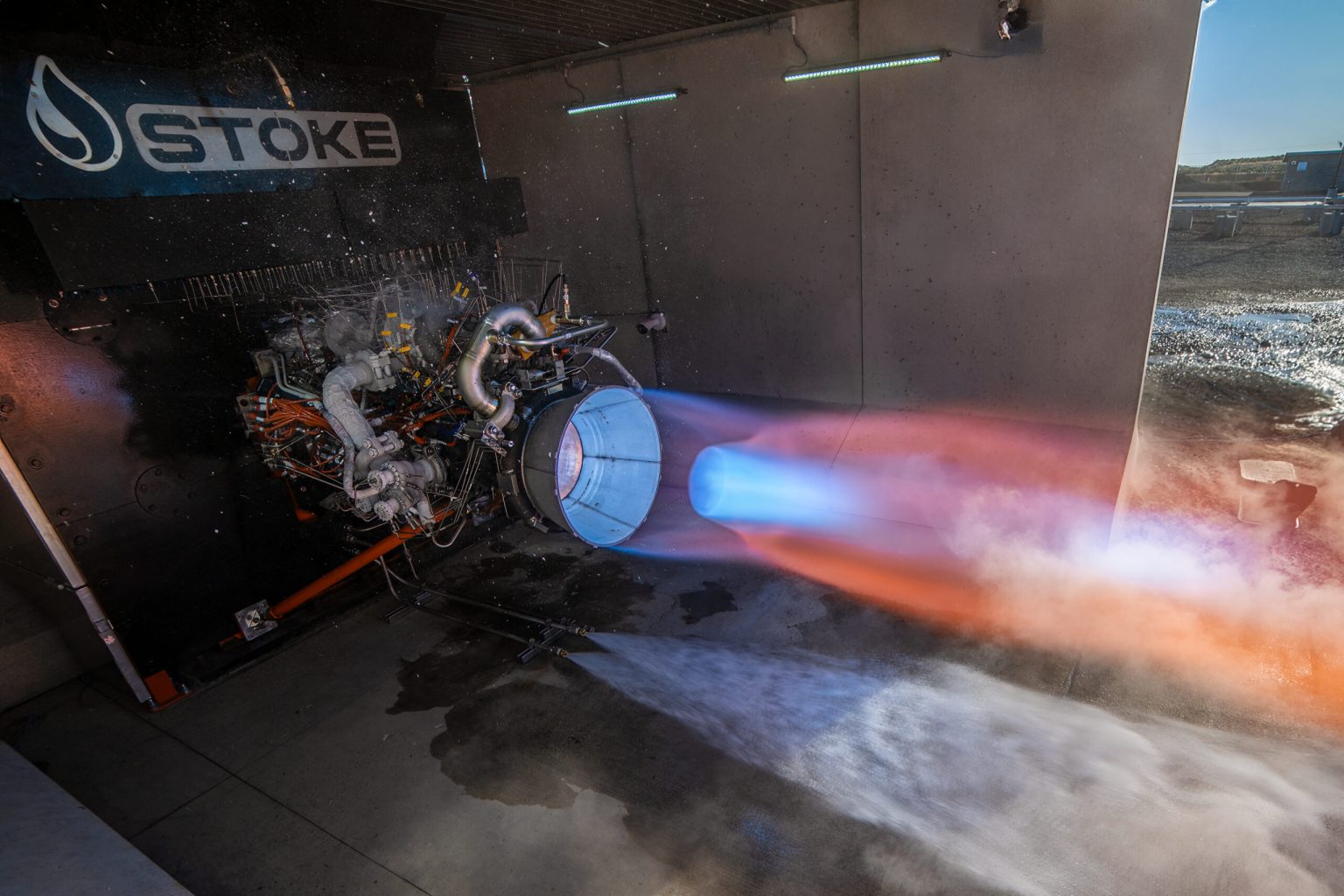Stoke Space Set for Massive Funding Boost as Reusable Rocket Takes Shape
In a significant development for the commercial space industry, Kent, Washington-based Stoke Space appears poised to secure a substantial new funding round that could dramatically accelerate its ambitious rocket development program. According to a recent report by The Information, the company is raising what could be as much as $500 million, potentially valuing the startup at nearly $2 billion—roughly double its January valuation of $944 million. While Stoke has not yet publicly confirmed these details, the report indicates that Thomas Tull’s United States Innovative Technology Fund is leading this investment round, demonstrating strong confidence in the company’s vision for fully reusable rocket technology.
Founded in 2019 by Blue Origin veterans Andy Lapsa (CEO) and Tom Feldman (CTO), Stoke Space has quietly but steadily established itself as a serious contender in the evolving commercial space launch market. The company’s business model centers around developing Nova, a fully reusable two-stage rocket designed to address a specific segment of the market that current providers aren’t fully serving. In contrast to SpaceX’s massive Starship with its 100-ton payload capacity, Stoke is targeting the medium-lift market—rockets capable of delivering between two and twenty tons to low Earth orbit. This strategic positioning appears to be resonating with investors, as the company has already raised nearly half a billion dollars prior to this reported new round, with notable backers including Bill Gates’ Breakthrough Energy Ventures, Industrious Ventures, and Y Combinator. The substantial $260 million Series C round announced in January signaled serious market confidence, which this newer, larger investment would only strengthen.
The technical progress at Stoke has been methodical and milestone-driven, with several significant achievements already under its belt. Two years ago, the company conducted short-hop tests of its prototype upper stage—a critical component of any fully reusable system. More recently, Stoke has been advancing development of its first-stage booster, which underwent hot-fire engine testing in 2024. One of the company’s most innovative technical features is its liquid-cooled heat shield for the second stage, a design approach that even SpaceX’s Elon Musk is reportedly now considering for Starship. This technology could prove crucial for true full reusability, as it addresses one of the most challenging aspects of bringing an orbital-class second stage back through atmospheric reentry. According to the sources cited in The Information’s report, the new investment round should provide sufficient capital to fund multiple launch attempts, with Nova’s first test launch targeted for next year.
Stoke’s infrastructure development has been equally impressive, with facilities strategically located to support both development and operations. Beyond its 168,000-square-foot headquarters in Kent (positioned conveniently close to Blue Origin), the company operates a substantial 75-acre test facility in Moses Lake, Washington, providing ample space for rocket testing away from populated areas. Perhaps most symbolically significant is Stoke’s launch facility under construction in Florida—located at the very Cape Canaveral site where John Glenn became the first American to orbit Earth in 1962. This historical connection underscores the company’s ambition to write the next chapter in American space capability. The seriousness with which Stoke is regarded by governmental stakeholders was further validated this March when the U.S. Space Force added the company to its list of providers for national security launches, despite Stoke not yet having completed an orbital mission.
The timing of Stoke’s rise coincides with growing industry recognition that reusability represents the future of space launch economics. SpaceX demonstrated the viability of reusable first-stage boosters with its Falcon family of rockets, fundamentally changing cost structures in the launch industry. However, Stoke aims to push this concept further with full two-stage reusability from the outset. This approach could potentially offer even greater cost advantages and operational flexibility once mature. When previously questioned about competing with SpaceX’s Starship, CEO Lapsa expressed optimism rather than concern, noting: “The question that we get more frequently is, ‘What do you do when Starship comes online?’ And I’m personally super excited for that world. I think that helps us lay heavy infrastructure in space. I think it creates more opportunity for the rest of the industry, including us. Starship will put pressure on the industry to follow suit with full reusability, because it just fundamentally changes the cost.”
This potential half-billion-dollar investment represents more than just capital for Stoke—it signals a maturing commercial space ecosystem where multiple approaches to reusability can coexist and thrive. If the reported details prove accurate, this funding round would place Stoke among the best-capitalized space startups globally, giving the company runway to complete development, conduct multiple test launches, and potentially begin commercial operations within the next few years. While challenges undoubtedly remain—rocket development is notoriously difficult and expensive—Stoke appears to have secured the financial resources, technical talent, and strategic positioning to make a serious attempt at introducing the next generation of reusable launch vehicles. For a company founded just six years ago, Stoke’s trajectory demonstrates the accelerating pace of innovation in space technology and the growing investor confidence in commercial space ventures beyond the established players.


